If you planted new perennials, trees, shrubs, or bushes this fall, something you might have overlooked is the watering.
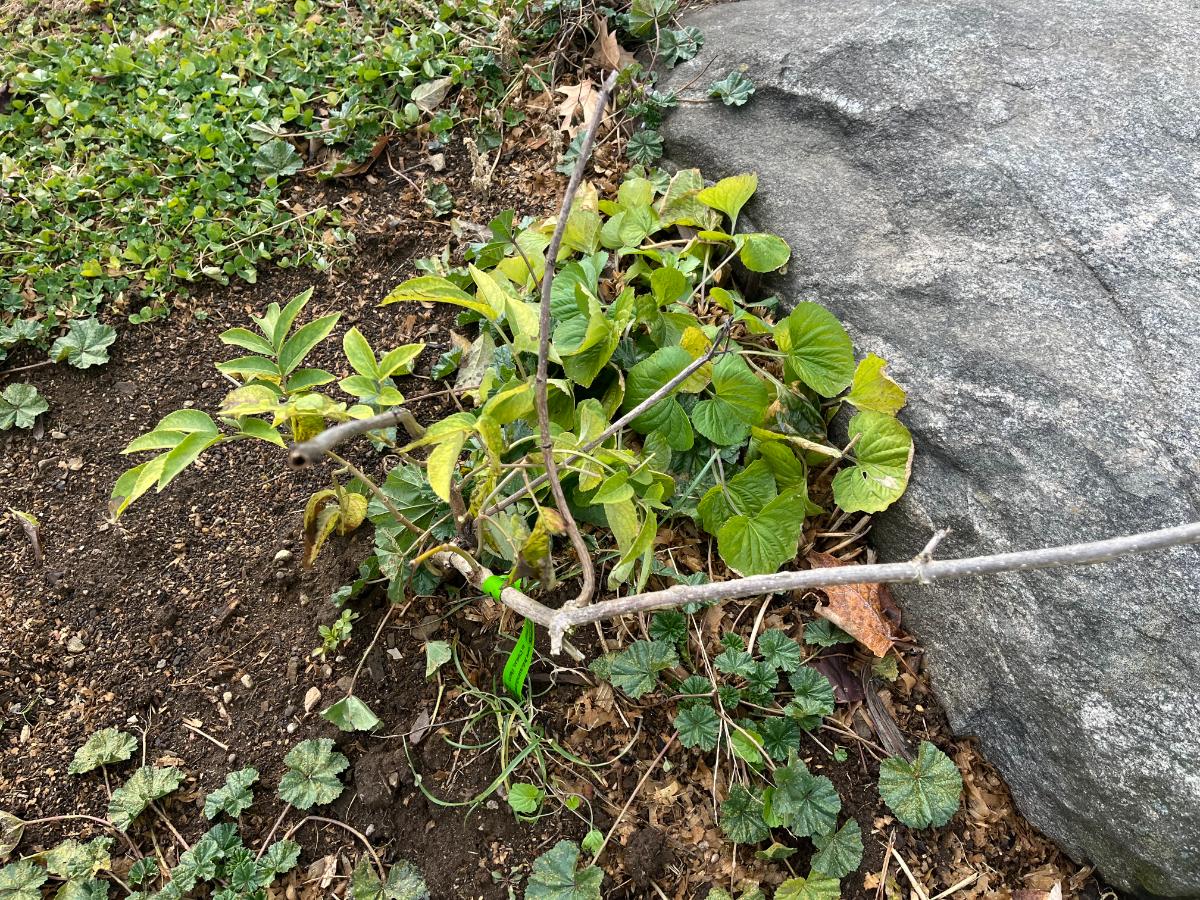
Yes, watering is still important, even for fall plantings and overwintering plants.
The question is -- How long do you need to water your fall planted plants and trees through the fall and winter?
Jump to:
Fall and Winter -- great times to plant as long as the soil is not frozen
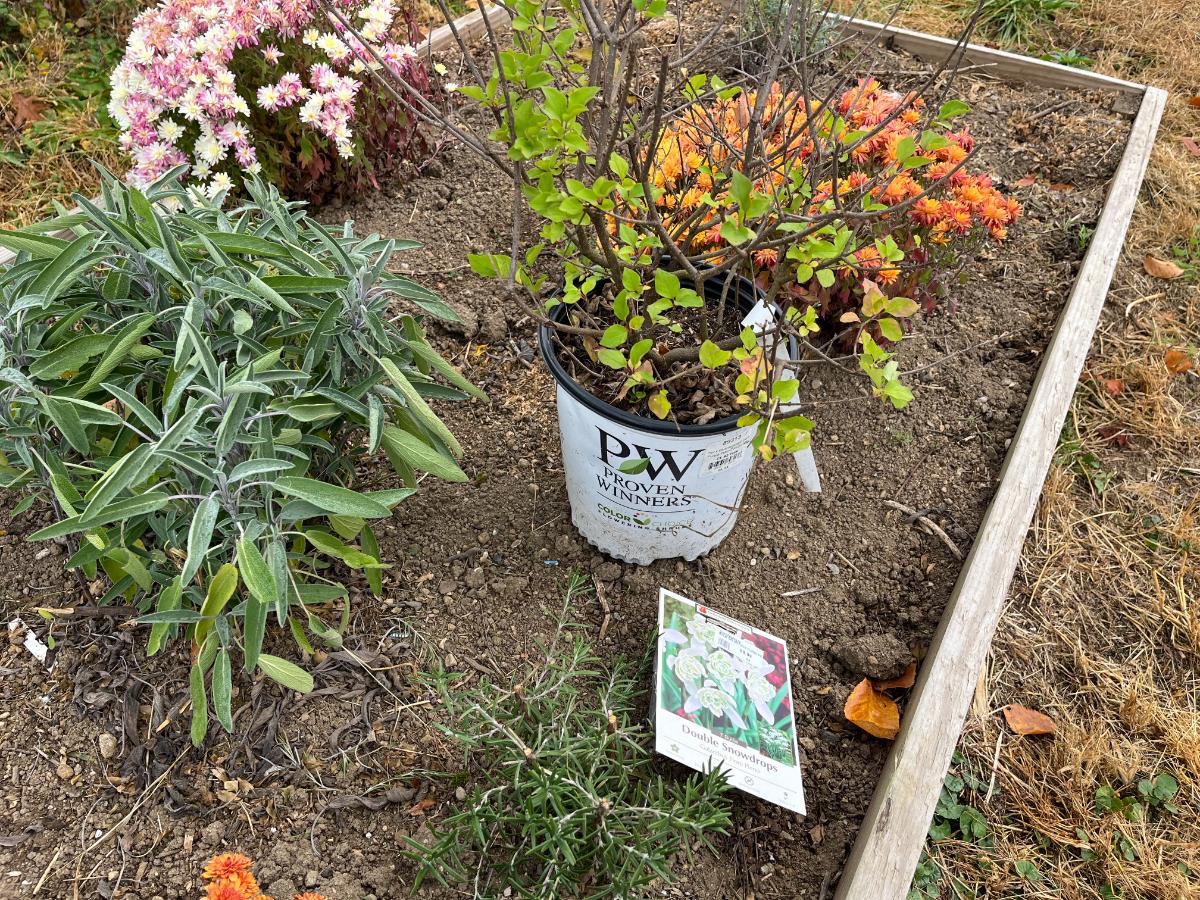
Fall and even winter are excellent times to plant new perennials, trees, bushes, and shrubs. As long as your soil remains unfrozen and can be dug into, you can plant perennials of all sorts. They’ll overwinter, grow slow roots in the cool soil, and be ready to take off in the spring.
You may already know this. But the piece that isn’t talked much about, that gets overlooked in planting instructions and forgotten about after we’re done with our active gardening tasks is that fall and winter planted plants need to be kept consistently moist.
Looking for more on what and when you can plant into the late fall and winter? There’s more on those topics here:
- When is the Fall Planting Window for Perennials? (Timing Fall Planting)
- Fall Bulb Planting Basics + 10 Tips for Easy Planting
- 12 Tips for Planting Fruit Trees + How To Do It
- How to Grow Garlic: Complete Guide to Planting and Growing Garlic
Fall and Winter Plantings Need Moisture, Too
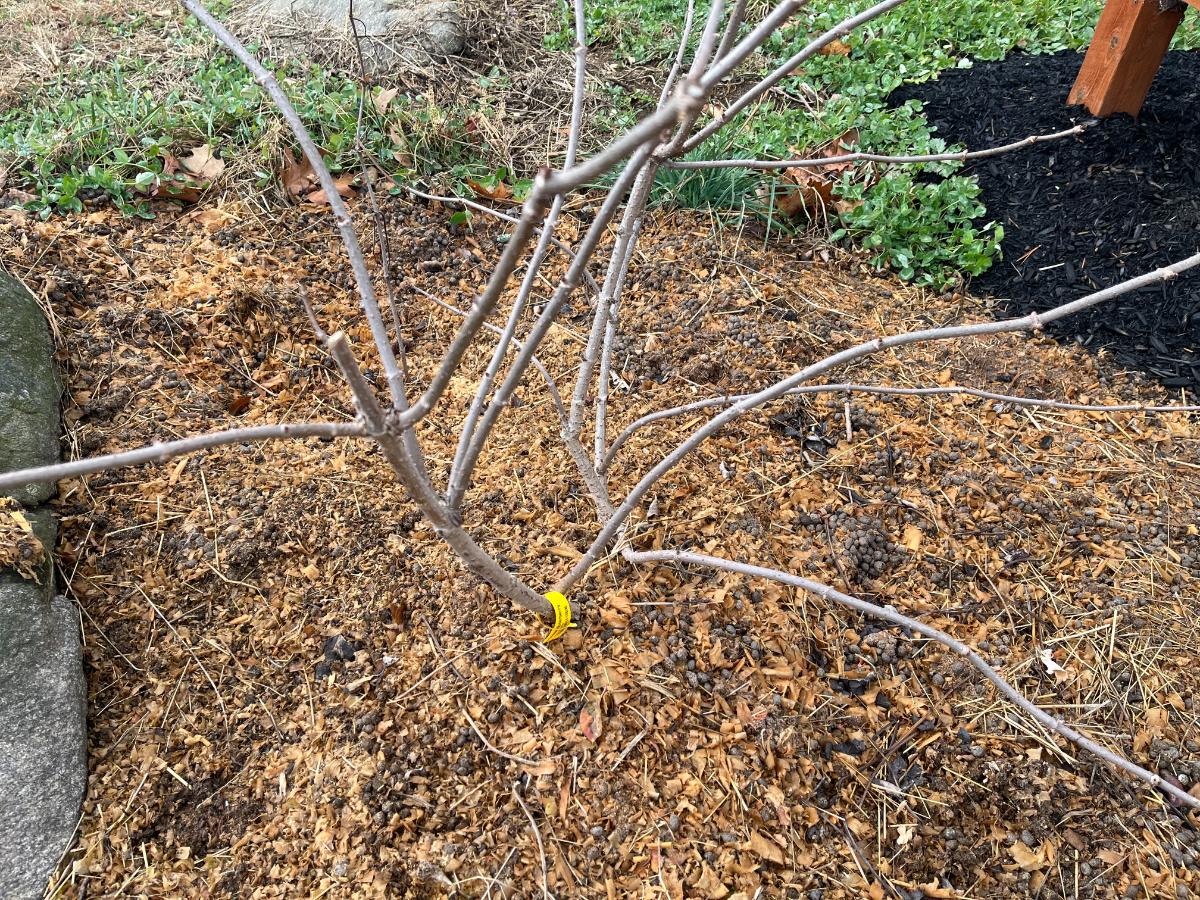
Fall and winter plantings cannot be allowed to completely dry out. They may not need as much water as they would in the summer or early fall, but they still need it.
Even when plants are near dormant, they often need water. Roots should never be allowed to dry out. Not even in the winter. When they do, roots break and die. Root cell damage occurs and the plants experience winter kill. Winter kill can do some damage or it can affect a part or all of the plant.
Winter kill is often caused by the drying out of roots. A sort of freeze drying, if you will. This happens more often if the plants go into freezing weather with no moisture in the ground.
But we also have to keep in mind that if temperatures are staying warmer for longer, and if your soil isn’t freezing, the plants may still have some slow underground growth (maybe even growth above the ground).
Not all of the growth we see is obvious and visible. Especially in the late parts of the year and the cool days of early spring. Those are times for the plants to focus on roots.
With true, hard freezes coming later in many areas, fall and winter watering may be something we need to think more about.
Water if You’re Not Getting Rain
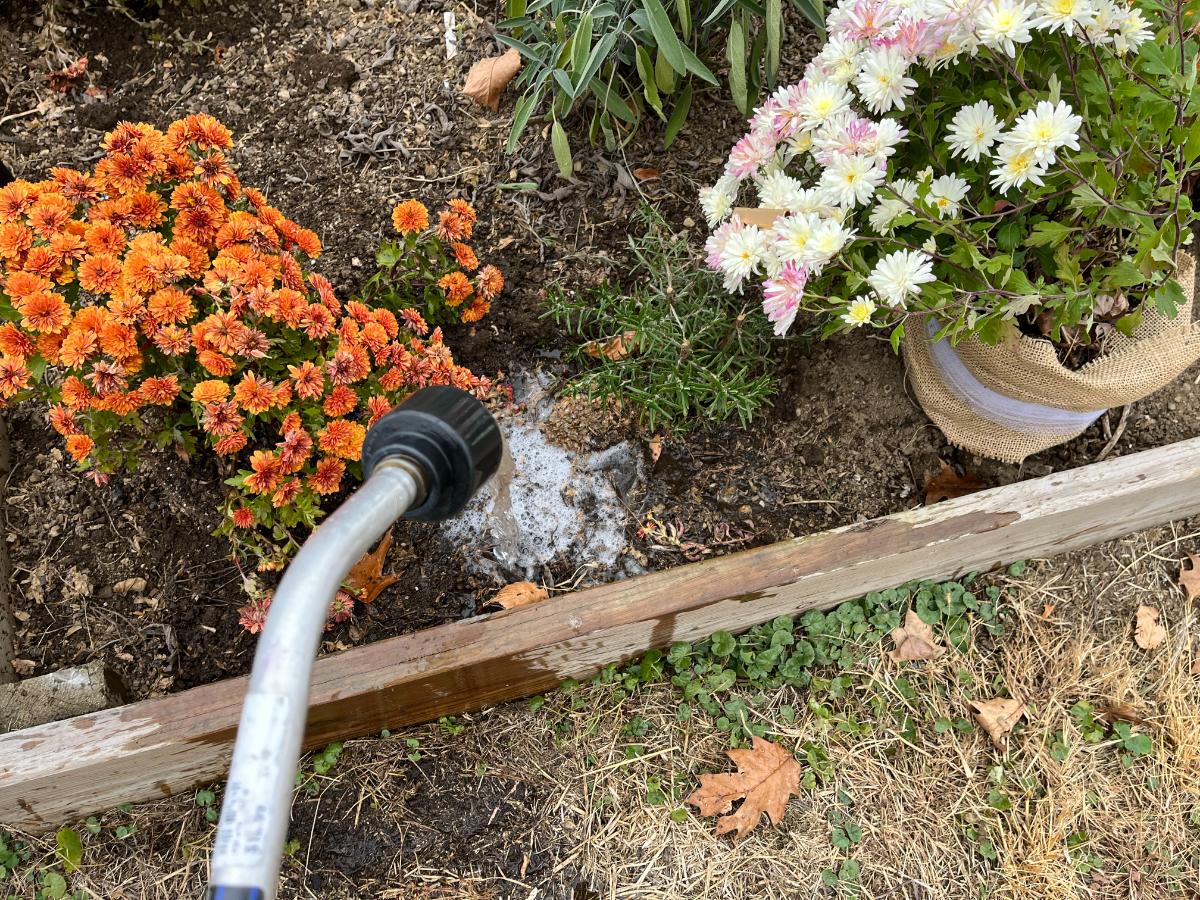
Not only are a lot of areas experiencing later freezes, but they are experiencing drier fall seasons, too. One of the reasons we don’t think much about watering new plantings in the fall is that fall was always a good time to plant because the sun didn’t warm and evaporate the soil as much, and because fall was typically a slightly wetter season.
Usually, Mother Nature gave fall plants the water they needed. After all, they also don’t need as much water as they do in the hot, active summer growing season.
If you are not getting regular rains in the fall and into the winter, or, if you’re not getting moisture from snow or ice events (which may not be fun but are a good source of winter water), you’ll need to supplement your plants’ water.
Water as Needed (What’s Needed?)
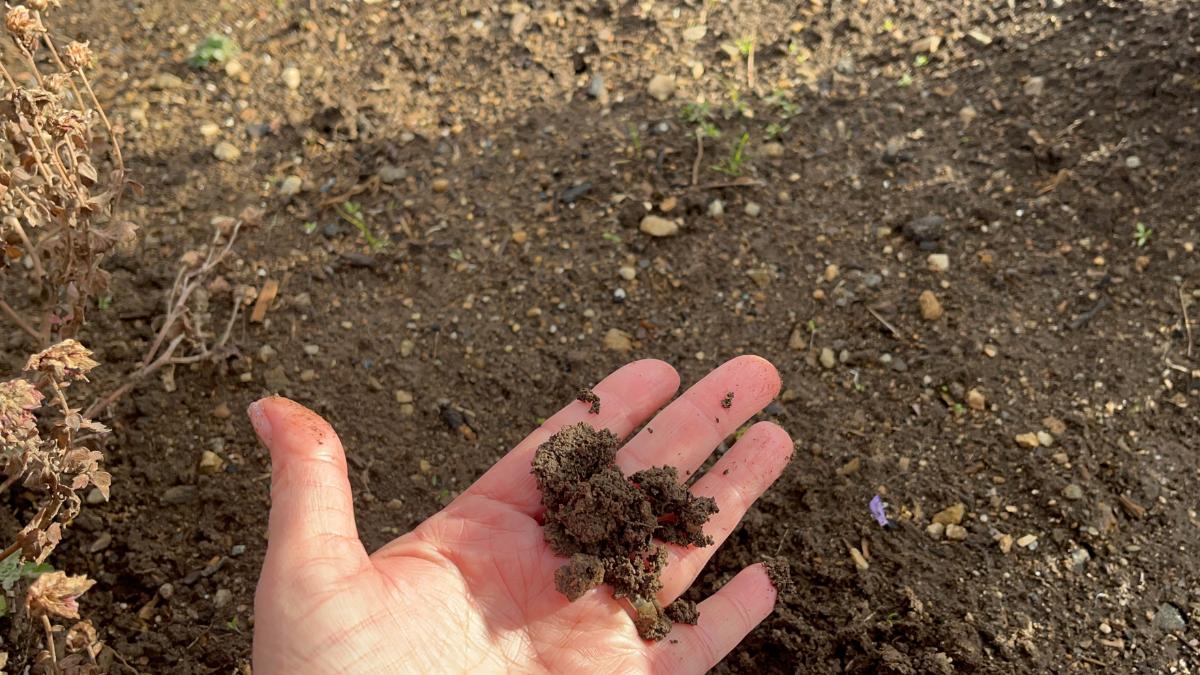
How do you know how much or how often you need to water?
Watch the soil.
Water whenever the soil is dry one to two inches down. That means sinking your finger down into the soil. If it is dry in the top one to two inches of soil, it’s time to water.
How much water should you give new plants in winter and fall?
You should apply the same amount of water as you would at other times of the year. About one inch’s worth. If you’re not sure how to know when you’ve given your plants an inch of water, there are some easy hacks for that.
The biggest difference is that, in the warmer months, the rule of thumb is “one to two inches of water per week.” For watering through the fall and into winter, you can drop the “per week” part.
Give your new plants an inch of water each time you water, then monitor the soil every few days or every week; if the soil is dry in that top inch or two, water again. Wait until you need it, though.
If you or nature gave your plants a good dose of water and the top layer of soil is still moist, there’s no need to water just yet. And you don’t want to be overwatering and creating wet conditions that could invite root rot and other problems.
Water in Winter Until the Ground Freezes
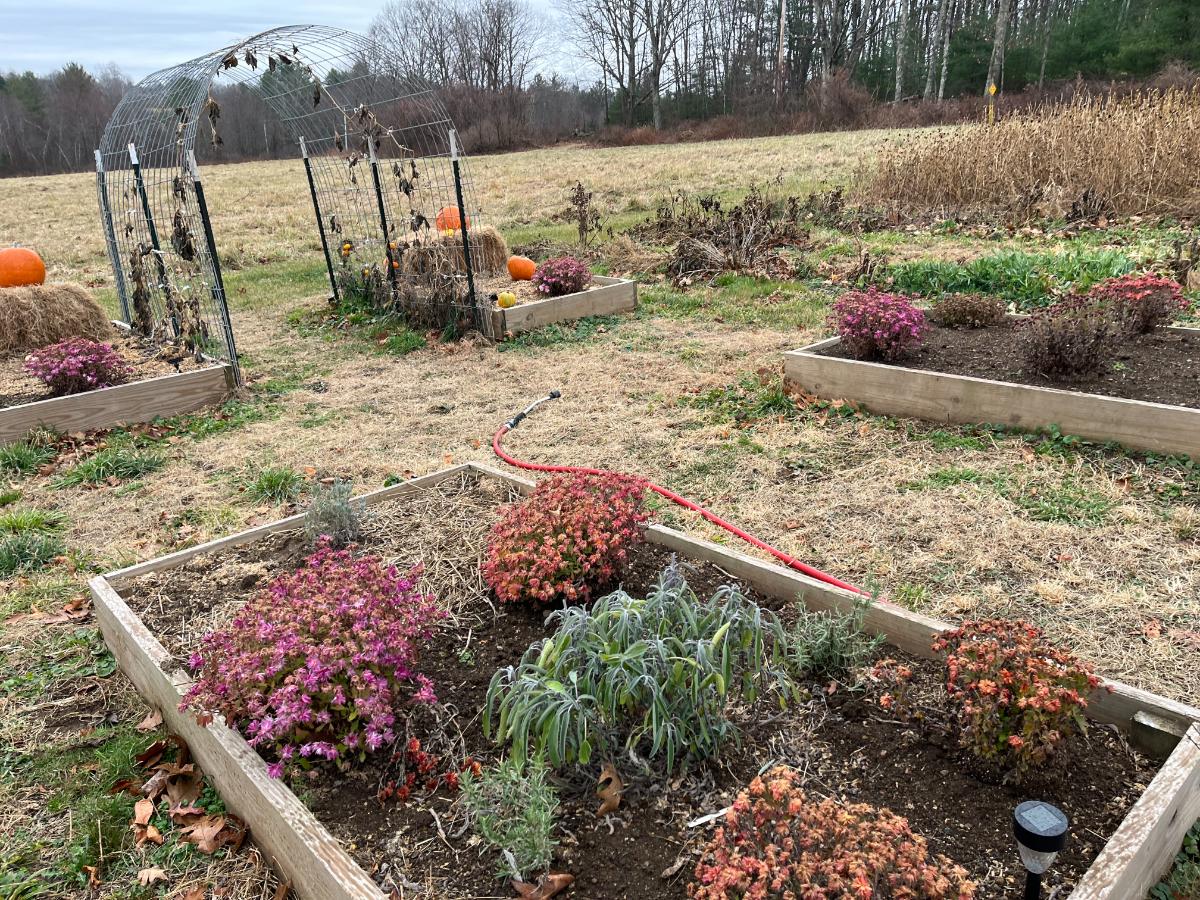
Now to address the question of how long.
How long into winter do you need to keep watering new plantings?
New plantings need to be kept watered into the winter for as long as the soil remains unfrozen.
That is to say, put another way, keep watering your new plants and trees until the ground freezes.
After that time, nature should be taking care of things itself and if the ground is frozen, it’s mostly locking in moisture (especially if you've mulched). Water won’t seep down into frozen ground, anyway.
If you did your part and kept the soil adequately moist in the fall and winter up until that point of freezing, you will have kept enough moisture in the ground to protect the plant and give its rotos and crown what little bit of moisture it needs until things thaw again.
What about established plants? Do they need winter watering, too?
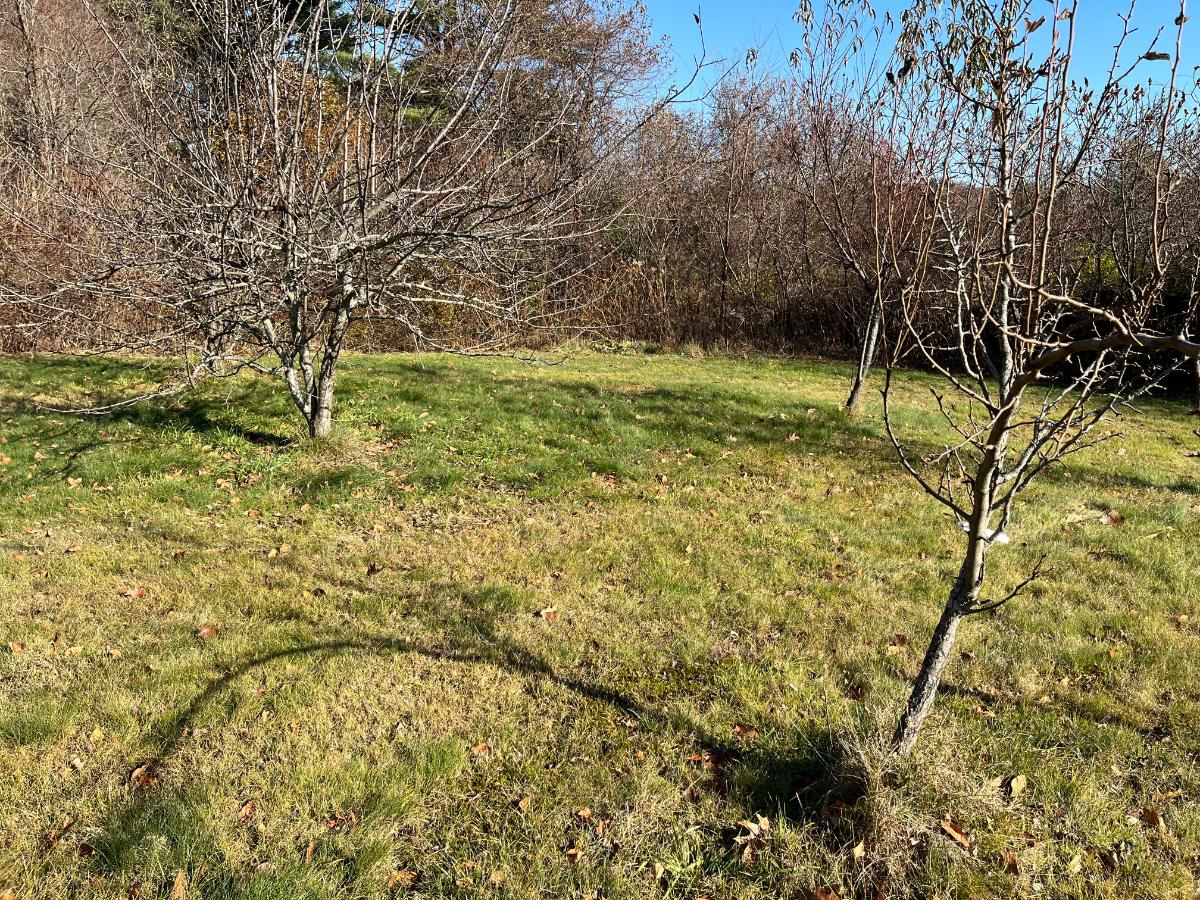
Older, established perennial plants (including trees and shrubs), those that have lived at least one full season, do not require as much care and attention in the fall and winter as new plantings do. Their root structures are much larger and longer. They reach further into the ground, and so they have more access to moisture over a larger area.
New plants, on the other hand, only have an area of the size of the root ball.
That said, yes. If you are experiencing very dry conditions in the fall and winter, and your soil is dry when you test it down three or more inches, even your established plants could likely need some watering. You can hold off longer than you would for new plants, but they, too, will need to maintain some moisture around their roots to get through the winter, to prevent root death and breakage.
So if it’s really dry in the fall and into the winter where you are, give those a periodic drink, too.
And like those new plants, shrubs, and trees, continue to water older plants for as long as you are experiencing dry conditions and until your ground finally freezes in the winter.
Watch the Weather, Not the Calendar
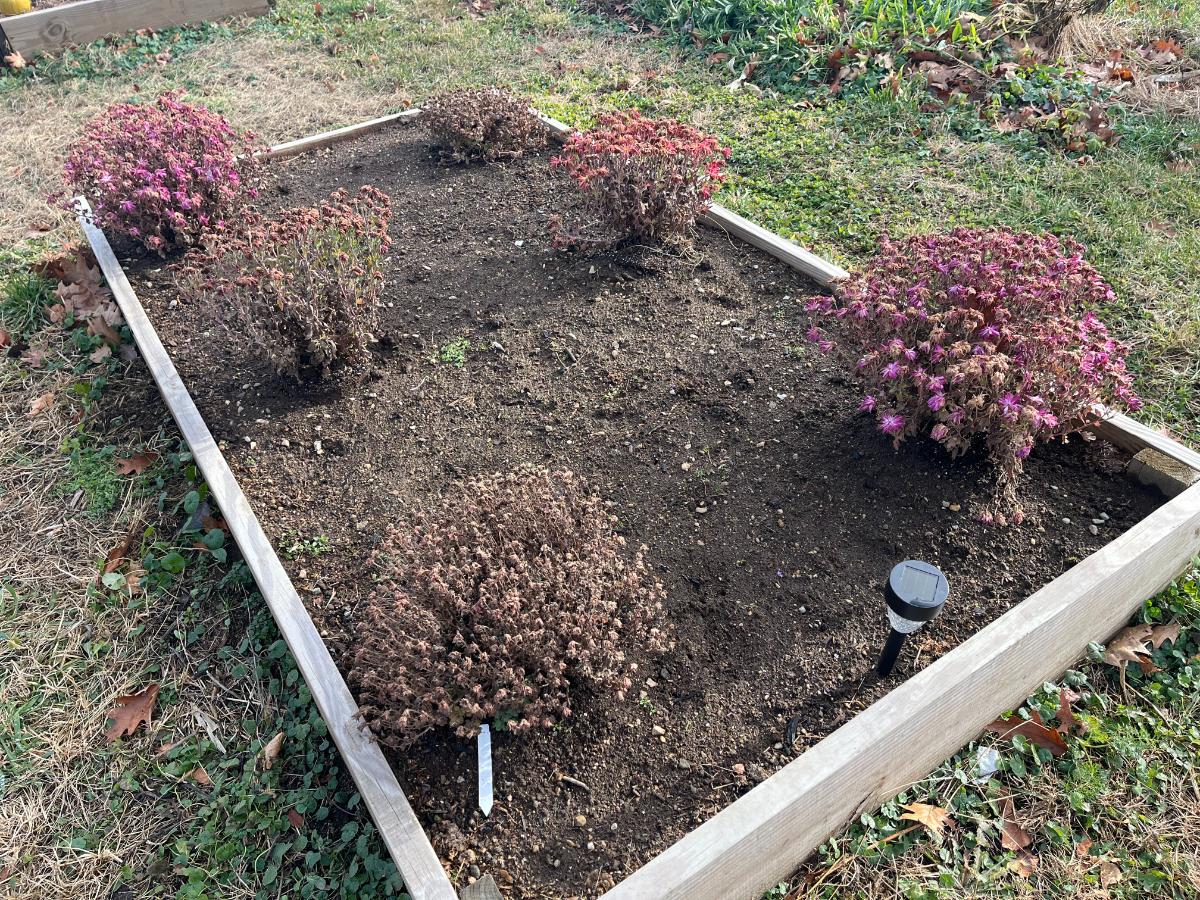
We used to do a lot more gardening and planting by the calendar. It used to be fine to let the seasons and time of year guide us. With climates and weather patterns changing, we can’t assume those calendar dates are still always correct.
We now need to get a little more in touch with the actual conditions that we are experiencing. Watch the weather. Check out the soil. Look at the condition and anchoring of the plants we’ve put in.
Recognize the fact that winter may be coming later, and fall may not be a very wet season. Then respond accordingly.
By paying a little more attention to what is really happening, not what should be happening, we can serve our plants and perennials well, including into the winter for as long as we need to be serving them.

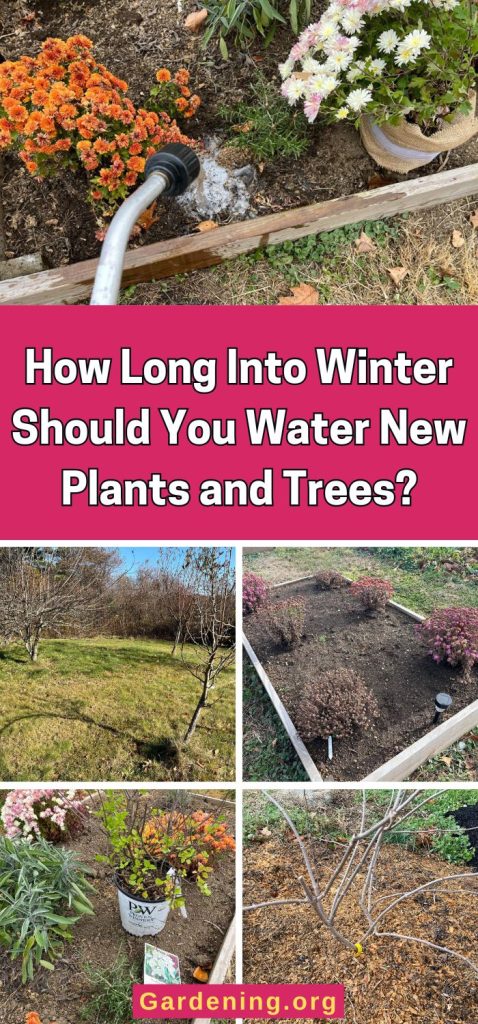
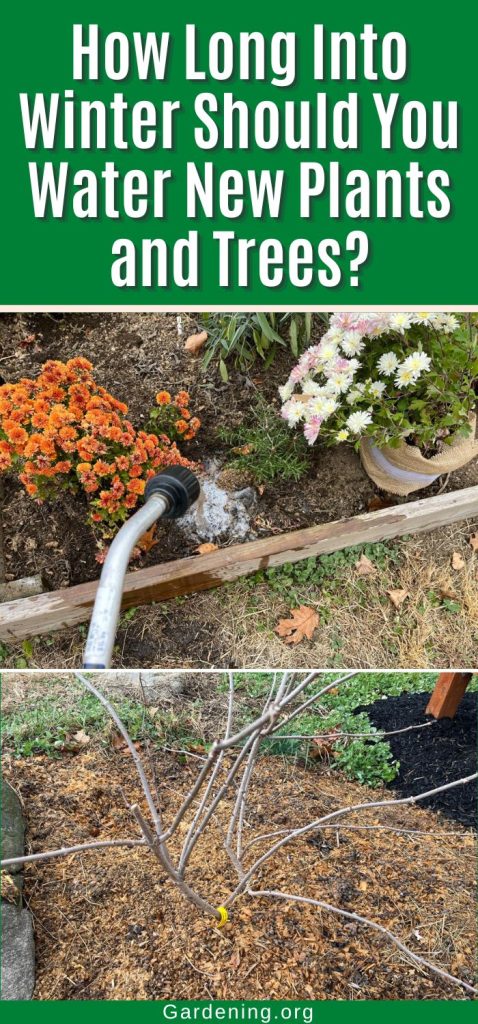
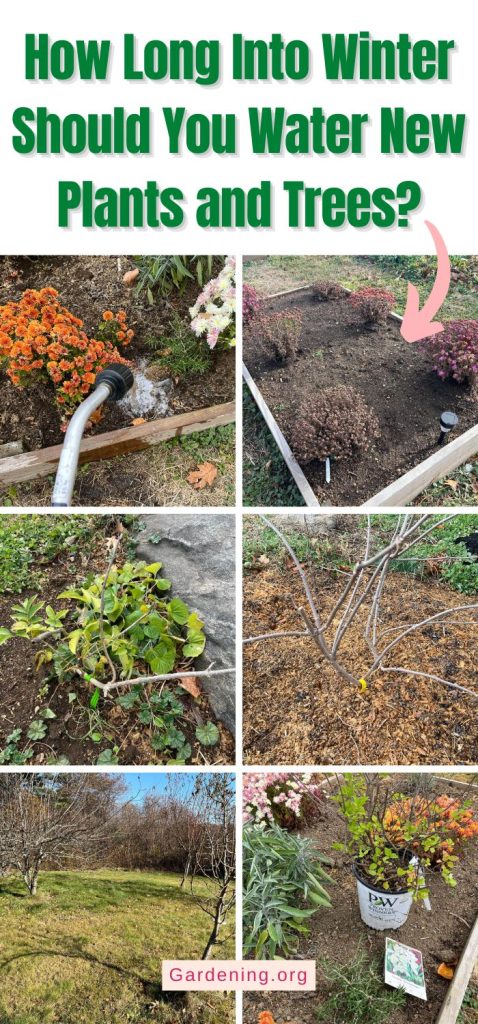
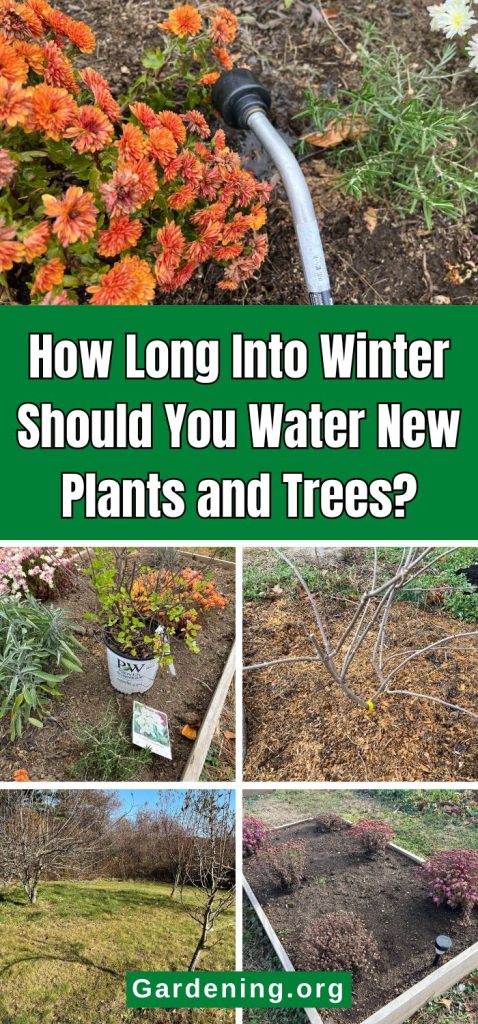




Leave a Reply